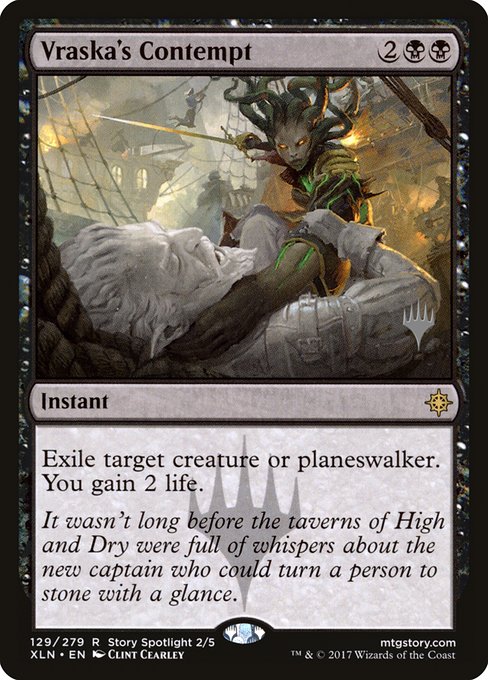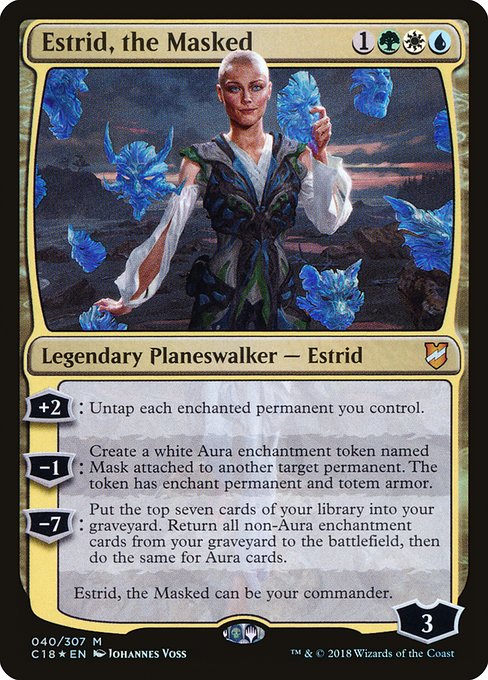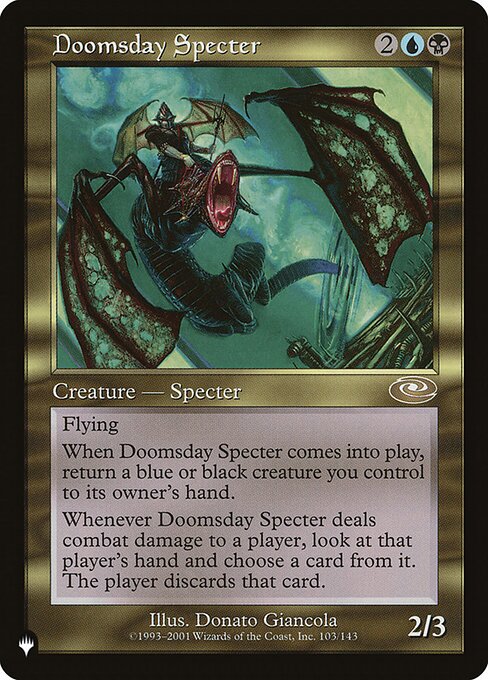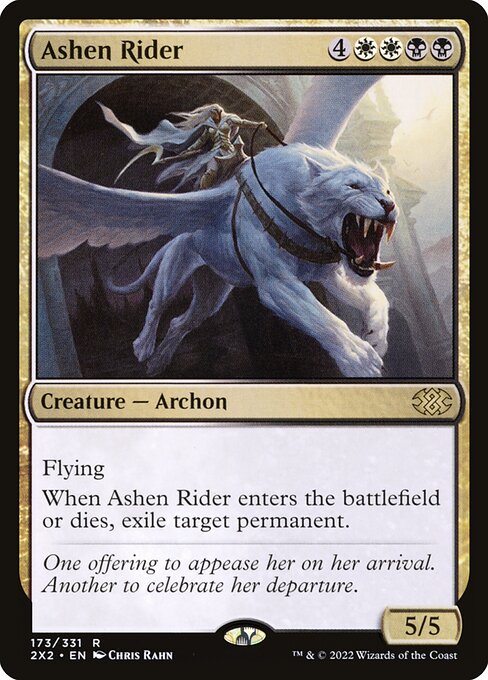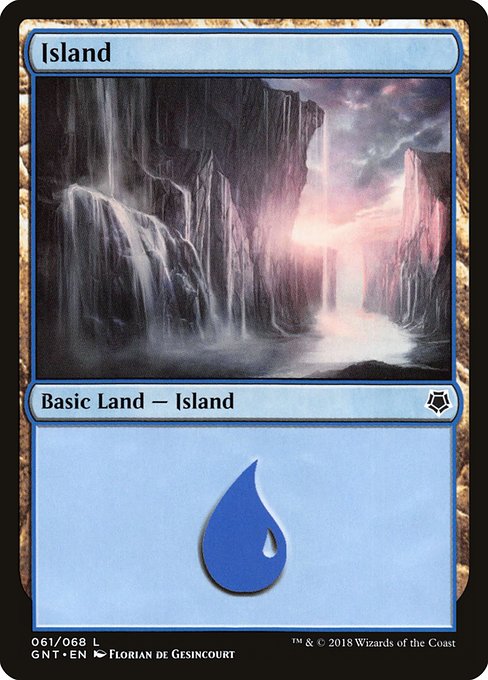
Island

Guide Sections
Strategy Guide
Last updated 2025-07-06Quick Summary
Island is a basic land card. Its sole function is to produce mana. Tapping Island (represented by "{T}") allows a player to add one blue mana ({U}) to their mana pool. This mana can then be used to cast spells with a blue mana cost, such as Counterspell or Mystic Remora. Island, like all basic lands, cannot be sacrificed, destroyed, or otherwise removed from play except by effects that specifically target basic lands (such as Wasteland). There are no special abilities or triggered abilities associated with Island, its effect is simple and straightforward. Its only interaction with other cards comes from its ability to provide mana, facilitating the casting of other cards in the game. While seemingly simplistic, access to sufficient Island mana is crucial for many blue-based strategies, enabling the use of powerful blue spells and creatures.
Island is a fundamental card in any deck that utilizes blue mana. Its strategic application is entirely dependent on the deck's strategy, as it's simply the means by which that strategy is fueled. Because it produces blue mana, it's a staple in virtually every blue-based archetype.
This includes control decks like those using Counterspell and Supreme Verdict, which rely on consistent mana to play powerful counter-spells and board wipes. Similarly, tempo decks, leveraging cards like Snapcaster Mage and Brainstorm, need a reliable source of blue mana to maximize their card advantage engine. Aggro decks that incorporate blue, such as those using cheap, efficient creatures like Delver of Secrets, still require Islands to cast their spells.
The role Island fills is purely supportive; it's the foundation upon which a blue-based deck is built. Without sufficient Islands, a blue deck simply cannot function. While not impactful in itself, its presence is absolutely crucial for the success of countless blue strategies. The number of Islands included in a deck depends on the specific needs of the archetype and the speed at which it aims to operate, with faster decks often opting for slightly fewer lands.
The Island card, while seemingly simple, is crucial for any deck utilizing blue mana. Its primary function is to provide the necessary mana for casting blue spells, making it a foundational piece of any blue-based deck. The efficiency of an Island is directly proportional to the number of blue spells you intend to play. A deck lacking in blue spells renders Islands dead draws; conversely, a deck bursting with expensive blue sorceries and creatures will necessitate a high land count, with Island being a significant portion of that count.
Synergies are inherent to the strategy employed. For instance, a control deck built around counter spells like Counterspell and board wipes like Wrath of God will thrive with a higher Island count to ensure you can react to your opponent's plays. Conversely, a tempo-focused deck might prioritize efficient creatures and instants, requiring a slightly lower land count with a healthy number of Islands mixed with other lands for optimal mana fixing.
In aggressive strategies, the number of Islands needs careful consideration. Too few, and you'll be unable to consistently cast your spells; too many, and you'll draw lands when you need impactful creatures or removal. Cards that benefit greatly from a consistent stream of blue mana include Opt, which allows you to dig for better cards, and Snapcaster Mage, which can replay powerful instants and sorceries from your graveyard. These cards, in turn, enhance the value of your Islands by ensuring you get more mileage out of the mana they provide. Finally, consider lands that can produce multiple mana colors if your blue strategy incorporates other colors, such as Watery Grave for black-blue strategies.
Island's viability is primarily determined by its fundamental role as a basic land providing blue mana. This makes it a ubiquitous staple across nearly all formats. In Standard, Historic, and Pioneer, Island is essential for any blue-based deck, functioning as a necessary component of the mana base. The number of Islands included depends heavily on the deck's specific mana requirements and the presence of other mana-fixing cards like Flooded Strand or Watery Grave. Its consistent and reliable mana production makes it a key building block for strategies relying on instants, sorceries, and creatures with blue mana costs.
In Commander, Island's importance remains consistent, although the number included might vary more significantly. Commander decks often feature higher mana costs and more diverse mana requirements, and while a sufficient number of Islands is crucial, mana bases in Commander are generally more complex, potentially including many fetch lands, dual lands, and other mana-producing effects. Decks centered around blue will still rely heavily on Island, while others may include fewer due to broader color requirements. Its simple function ensures it remains a staple in a wide range of Commander strategies, though its significance may be slightly diminished by the abundance of other mana options available in the format.
Finally, Island finds a place in any format where blue mana is needed. Its common rarity ensures accessibility, and its consistent functionality makes it a valuable addition to any collection regardless of the specific format being played.
Island's impact is most keenly felt in scenarios where blue mana is crucial for spell casting. One example is a mid-game situation where a player controls a Counterspell and a Mystic Remora. Facing an opponent's aggressive strategy with several powerful creatures already in play, having an Island available allows the player to tap it for {U} to cast the Counterspell, negating a lethal attack or a game-winning spell. The already-in-play Mystic Remora further benefits, as it draws additional cards when the opponent casts spells.
Another scenario involves the late-game deployment of a powerful blue finisher. Imagine a board state where one player has a single Island and several other lands producing other colors of mana. Their hand contains Jace, the Mind Sculptor, a powerful planeswalker requiring a significant mana investment including blue mana. Having the Island allows them to successfully deploy Jace, altering the course of the game by using its abilities to draw cards, control the board, and eventually win the game.
Finally, in an early-game scenario with several Islands, a player might utilize this mana advantage by using multiple cheap blue spells such as Opt and Preordain to dig deeper into their deck, looking for key cards to establish a solid early game presence and set up a later win condition. The advantage of having multiple lands providing blue mana is invaluable in setting up a cohesive game plan.
Island, the quintessential blue mana-producing basic land, boasts a history as long and storied as Magic: The Gathering itself. Present in the game's very first set, Alpha (gnt is assumed to be a shorthand for Alpha), Island has been a staple in countless decks across all formats since its inception. Its simple yet crucial function – tapping to add one blue mana ({U}) – has made it a foundational component of any blue-based strategy. From control decks relying on counterspells like Counterspell and card draw engines such as Fact or Fiction, to aggressive strategies utilizing fast creatures like Siren Stormtamer, Island has consistently provided the necessary mana to fuel a wide variety of archetypes.
Its ubiquitous nature means Island has been reprinted in nearly every Magic: The Gathering set ever released. While the art has varied across editions, reflecting the evolving artistic styles of the game, the card's functionality has remained unchanged. This consistent presence underscores its fundamental importance to the game's structure. The sheer number of reprints speaks volumes about its enduring relevance and widespread use. Changes in art have sometimes created collector's items, with certain Island artworks, particularly those from older sets, commanding higher prices on the secondary market.
Island's impact on the game is less about its individual power level and more about its essential role in the game's ecosystem. It's not a powerful card in and of itself; instead, its influence is systemic. Without a consistent supply of blue mana provided by Island (and other Island cards), a vast majority of blue decks, and subsequently, the metagame, would be fundamentally altered. Its presence, or lack thereof, profoundly shapes deck construction, strategic choices, and the overall dynamics of play across casual and competitive environments. The simplicity of Island masks its profound importance as a cornerstone of Magic: The Gathering.
The card "Island" is a basic land, fulfilling its core function of providing blue mana. Its flavor text is absent, as is typical for basic lands, allowing players to project their own interpretations onto the evocative imagery presented in the art. The art itself (assuming a specific art is chosen for the gnt set) should ideally depict a serene, aquatic environment evocative of the blue mana it produces. This might range from a tranquil coastal scene to a more dramatic underwater vista, mirroring the range of environments found in Magic's various settings. The art style should maintain consistency with the overall aesthetic of the gnt set, whether that's a more realistic or stylized approach. Since it's a common card, the art should be appealing without being overly complex or detailed.
As a basic land, Island's design is straightforward and unchanging, fulfilling its fundamental role in the game. Its simplicity allows it to seamlessly integrate into any deck, regardless of strategy or theme. Its consistent presence throughout Magic's history underscores its timeless design. Compared to other basic lands like Forest, Plains, Swamp, and Mountain, Island differs solely in the mana it generates, cleanly reflecting its blue alignment. The lack of any additional text perfectly embodies the simplicity of a basic land, focusing entirely on its crucial function within the game.
The Island card is exceptionally budget-friendly. As a basic land, it's typically found in bulk at incredibly low prices, often costing mere cents per card. Its common rarity further contributes to its affordability. Essentially, it's one of the cheapest Magic: The Gathering cards available. Finding cheaper alternatives is nearly impossible, as the function of providing blue mana is fundamental and inherent to the card type. While other lands might offer additional effects, such as Mystic Sanctuary or Watery Grave, these are significantly more expensive due to their added functionality, and they don't replace the basic need for blue mana that Island fulfills. Therefore, for players focusing on budget deck construction, Island is the most cost-effective choice for blue mana production.
While seemingly simple, the Island offers surprising strategic depth beyond its basic function of producing blue mana. Its power lies in its synergy with specific card archetypes and its role in deck construction's subtle intricacies. For instance, a high concentration of Islands in a deck dedicated to flash spells like Counterspell or Snapcaster Mage allows for consistent and timely deployment. The mana fixing provided by Islands, seemingly straightforward, becomes crucial in multi-color decks where efficient mana generation is paramount. A slight excess of Islands might even be strategically advantageous, providing flexibility to react to unexpected game states or enabling the casting of expensive spells by utilizing scry lands or other mana acceleration effects like Sol Ring. Further, the sheer number of Islands can influence the potential for specific card interactions, particularly those involving cards that care about the number of specific land types in play. For example, a heavy Island count synergizes well with cards like Mystic Remora which thrives on a high number of specific land types under a player’s control. Careful consideration of Island count and its interplay with other deck components is key to unlocking its full potential, allowing players to navigate the complexities of competitive gameplay.
The seemingly simple Island is surprisingly prone to a few misplays, mostly stemming from its interaction with other cards or game situations. A common mistake is failing to play an Island early enough. While seemingly obvious, many players hoard lands in their opening hand, delaying the development of their mana base and hindering the timely casting of crucial spells. This is particularly detrimental in matchups against aggressive decks, where falling behind on mana can lead to an insurmountable disadvantage. Delaying development for speculative reasons can be a serious setback.
Another oversight involves improper land management. Players might overextend by playing too many Islands too quickly, leaving them with a flooded hand and unable to play spells that require other colors of mana (e.g., if they also need Mountains for red spells). Equally important is underestimating mana requirements; failing to account for the mana cost of instants and sorceries, especially those with X costs, can lead to missed opportunities and suboptimal play. For example, not having enough Islands to cast a high-cost Counterspell can be devastating. Careful planning and considering the mana curve of your deck is crucial.
Island is a fundamental card in any blue-based deck. Its value lies solely in its ability to produce blue mana ({T}: Add {U}), crucial for casting instants and sorceries like Counterspell or creatures like Benalish Commander. Its consistent mana production makes it a vital component in virtually every deck utilizing blue mana, and should be included in your deck's land base in proportion to the amount of blue cards you are playing. Essentially, if your deck uses blue mana, you need Islands.
